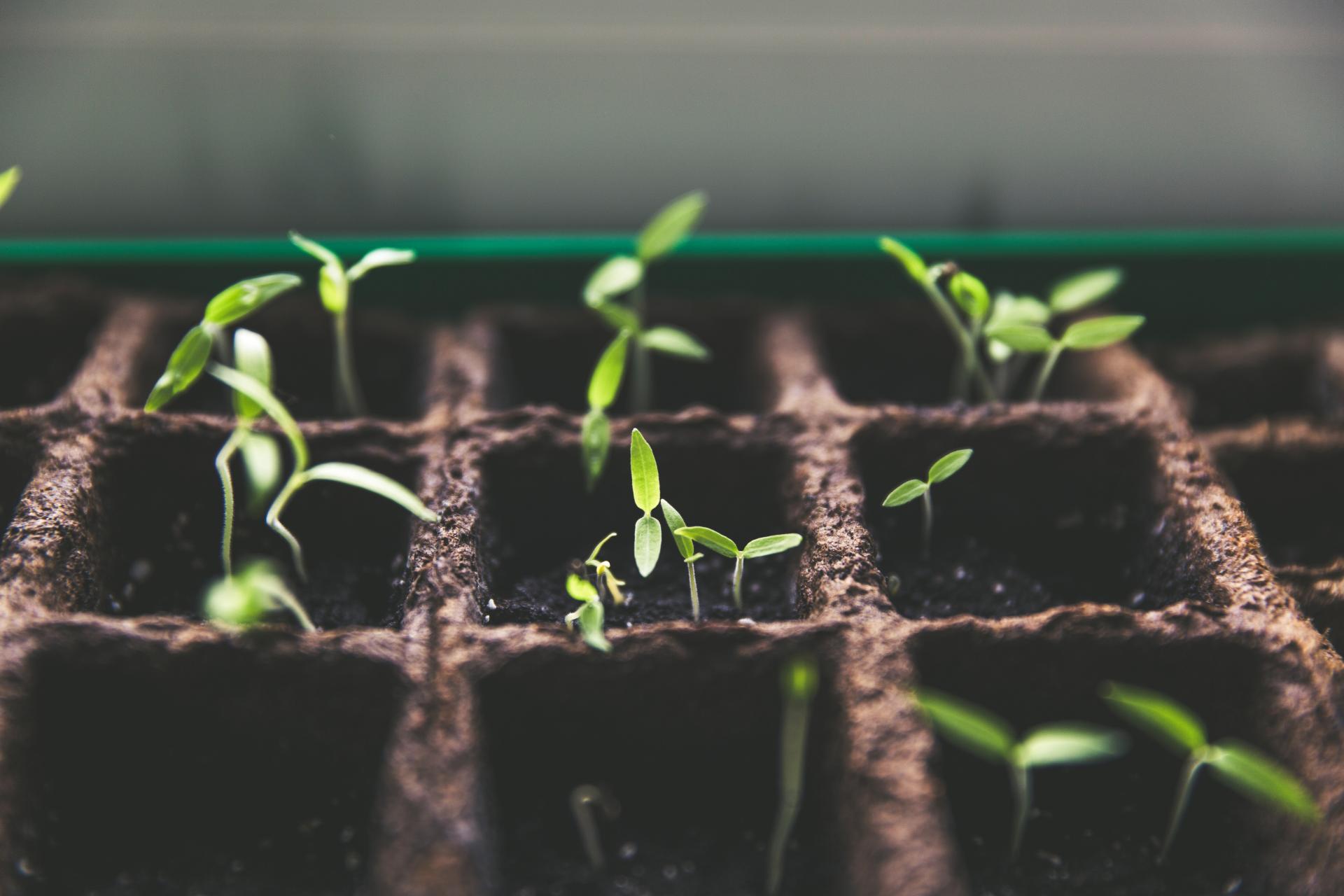You are here
Be a Better Gardener: Starting Fall Crops
Be a Better Gardener: Starting Fall Crops
by Thomas Christopher
I used to start the vegetable garden with a burst of enthusiasm in the spring, filling my plot with seeds and seedlings of all kinds. But then, as the summer heat caused spring crops such as lettuce and arugula to go to seed, the garden gradually thinned out until by fall there was little growing there besides squashes and tomatoes.
This represented a wasted opportunity, as the cool, moist weather of fall provides suitable conditions for another round of greens such as lettuce, arugula, and Swiss chard; and root crops such as radishes, beets, turnips, and carrots.
Timing is critical for the planting of fall crops. You have to make sure that they will have time to mature before the first hard frost of fall cuts them down. Getting this right involves some simple math. First, consult the seed packets or catalog to discover the number of days it takes the plant in question to grow from seed-sowing to maturity. The ‘Lollo Rossa’ lettuce I like to grow – the vivid red color of the leaves and their sweet flavor and tender texture is perfect for fall salads – takes 53 days to reach maturity. That’s actually an underestimate for a fall crop, as plants grow more slowly then as the sunlight is declining than they do in spring. So add a couple of weeks to the estimated growing time.
To calculate the correct planting time, consult your almanac or online source for the average date of the first fall frost in your region. In my garden in the Berkshire Hills of Western Massachusetts, that event occurs, on average, on October 9th. Then, count backward from the first frost date the number of days required by the crop you want to plant. In the case of ‘Lollo Rossa’ lettuce, that’s 53 days plus the 14-day allowance for slower fall growth, a total of 67 days. That puts the planting time for my lettuce at August 3rd, though I can postpone it a week or so if I cover the lettuces with a row cover toward the end of the season.
One challenge I found when I first started trying to plant fall crops was that the weather in early August was too hot and dry for the germination of the seeds, so I tried a couple of expedients. The first method I tried was after watering the newly sown rows of seeds, I covered them with lengths of scrap lumber. However, the problem with that was I had to check the plantings frequently so that I could immediately remove the cover when the shoots poked up from the soil. While covering the new plantings with a blanket of gauzy row cover material was not as effective at keeping the seeds and soil cool, it didn’t stunt the emerging seedlings like the lumber did. Ultimately, that’s what I use now for starting root crops and others whose seeds have to be sown where they will grow. Also, it’s easy to keep the soil under the row cover material moist because I can water right through it.
For crops such as lettuce that will tolerate transplanting, I now start them under lights in my basement. That guarantees them a nice even temperature of about 60°F. while they get started. When they are ready to be moved out to the garden, in late August, the temperatures are already cooling, though I harden them off by setting the growing flats outside for a couple of hours a day, gradually increasing the time outdoors over a period of a week before finally planting them into the garden.
Keeping the garden well stocked in this fashion not only furnishes me with another harvest, it also provides an incidental bonus: by keeping the soil more fully planted throughout the growing season, it reduces the opportunity for weed invasion. You might describe it as a green mulch with benefits.
Be-a-Better-Gardener is a community service of Berkshire Botanical Garden, located in Stockbridge, Mass. Its mission, to provide knowledge of gardening and the environment through a diverse range of classes and programs, informs and inspires thousands of students and visitors each year. Thomas Christopher is a volunteer at Berkshire Botanical Garden and is the author or co-author of more than a dozen books, including Nature into Art and The Gardens of Wave Hill (Timber Press, 2019). He is the 2021 Garden Club of America's National Medalist for Literature, a distinction reserved to recognize those who have left a profound and lasting impact on issues that are most important to the GCA. Christopher’s companion broadcast to this column, Growing Greener, streams on WESUFM.org, Pacifica Radio and NPR and is available at berkshirebotanical.org/growinggreener.
Help Our Garden Grow!
Your donation helps us to educate and inspire visitors of all ages on the art and science of gardening and the preservation of our environment.
All Donations are 100 percent tax deductible.


